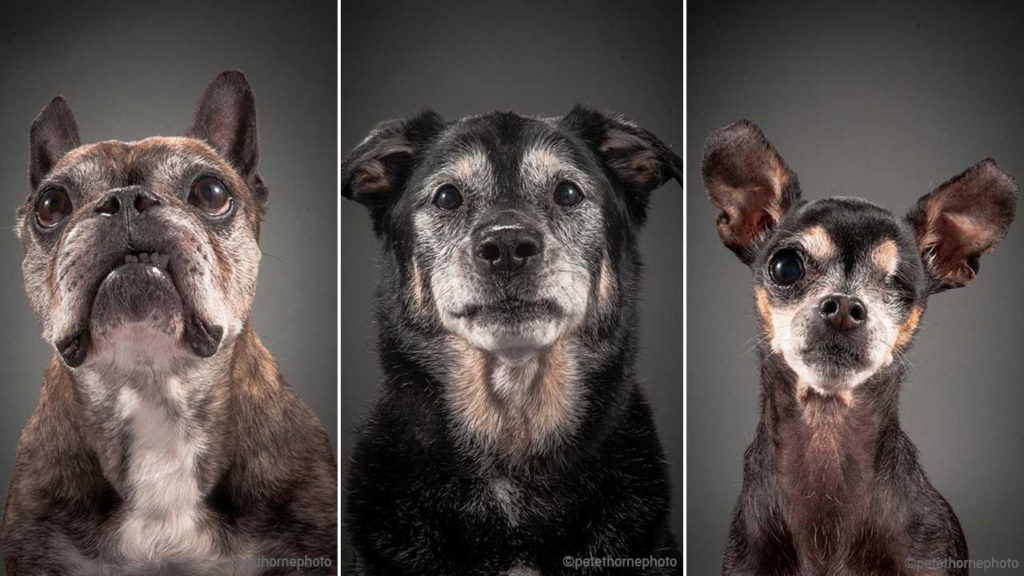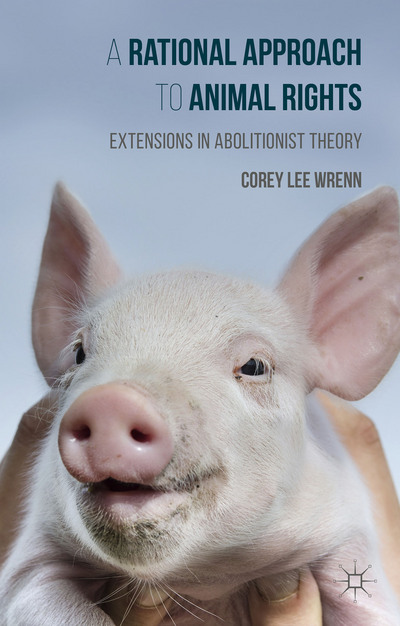
Through primary socialization, humans are taught to understand, engage with, and fill various social roles as necessary for participation in society. Nonhuman Animals living in or around human societies are often folded into this socialization process. Socially constructed identities may be projected onto other animals and this can lead to considerable stigma for humans and other animals alike. The politics of “pet” adoption illustrate this.
Color
Consider first how racial constructions reach beyond human groups to shape larger cultural ideas about color meanings. Black dogs and cats are killed in “shelters” in much larger numbers because of their color, for instance. A variety of explanations are offered to explain this, including the notion that black hair makes their facial expressions harder to detect or photograph for public outreach efforts. Complicating this, however, are the underlying stereotypes about blackness. Black dogs are associated with danger or meanness; black cats with evil.
Contemporary conceptualizations of blackness must be contextualized within a long history of racialization and colonization. White supremacy has left a symbolic legacy that pairs blackness with a variety of negative associations. It is important to note here that most humans are not literally white or black-skinned. What this means is that the dominant class has constructed “white” and “black” as symbolic categories (what it means to be “white” or “black”). The disfavoring of black dogs and cats is evidence of the cultural, racialized understanding of blackness as something bad that should be avoided.
Age
Elderly Nonhuman Animals also face significant challenges in shelters. Adoptions tend to favor cuter and moldable puppies and kittens. When companion animals age, they are seen to decline in “value,” with many “owners” relinquishing them because they have expensive health problems or are otherwise considered a burden.
In many Western and capitalist societies, the self-worth of humans is also linked to their ability to “contribute” to society and to be “productive.” Older persons experience profound discrimination and are disproportionately subject to physical, psychological, or financial abuse. As with humans, dogs and cats who are believed unable to perform their “productive” role in the family (as “pets”) or the economy (as “working animals”) are highly vulnerable to violence.
Disability
As with elderly companion animals, disabled animals are significantly less likely to be adopted and are at high risk of being “euthanized.” The possession of physical disabilities, mental disabilities, “aggression,” “skiddishness,” or any other human-determined problematic trait will significantly lower the life chances of Nonhuman Animals. In a society where identity as a domesticated animal is bound inextricably to one’s ability to perform a given role for humans, disability is especially dangerous. Because Nonhuman Animals are not considered persons, but rather property, “defective” property is considered useless and can be discarded or destroyed accordingly.
Ableism, too, emerges from a capitalist work ethic that equates value with productivity. Disabled humans are often depicted as burdensome in an able-bodied society. They are heavily stigmatized as a result. This stigmatization has resulted in widespread institutionalization in the past. Although institutionalization has been largely replaced by community-based care today, underfunded healthcare has rendered many disabled people without adequate support. Isolation from society persists for many disabled persons, as does disproportionate exposure to abuse and sexual assault.
A Case for Intersectionality
Nonhuman Animals play an important symbolic role in human society by representing the values of a given culture and exposing the mechanics of identity-based social systems. The legacy of capitalism in determining values (and value) is also brought to the forefront when intersections of human and nonhuman experiences are considered. It is clear that combatting speciesism alone will not be sufficient for the liberation of other animals. This is because speciesism is qualified by cultural ideas about race, age, ability, and so on. Intersectionality is not just a matter of multispecies justice; it is a matter of theoretical consistency and clarity.
A version of this essay was originally published on January 18, 2014.

Readers can learn more about the intersectional politics of veganism in my 2016 publication, A Rational Approach to Animal Rights.
Receive research updates straight to your inbox by subscribing to my newsletter.